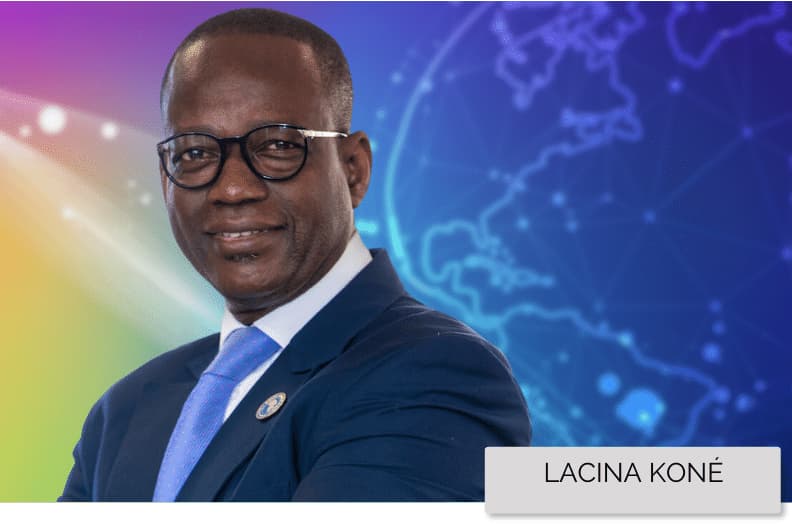
Archives: Insights



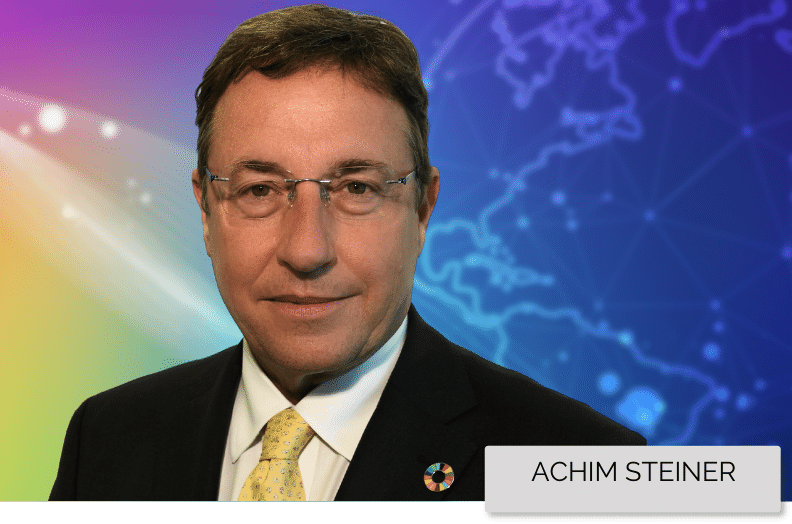


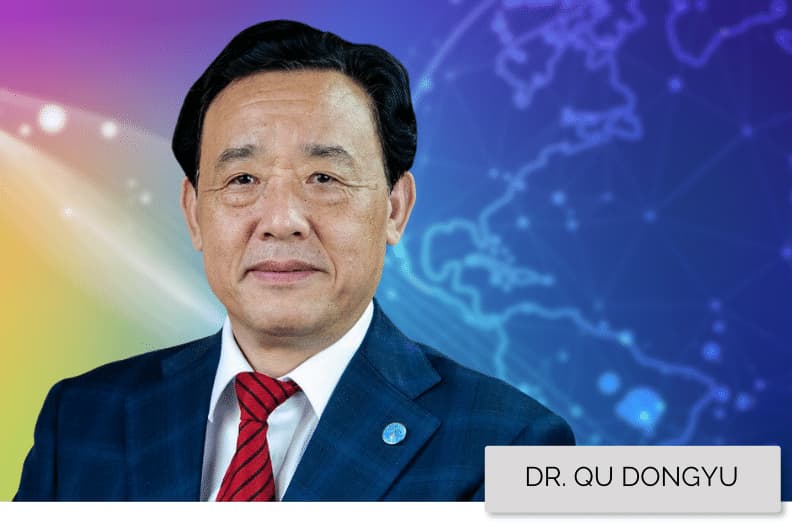



Intelsat Connectivity Transforming Lives and Livelihoods in the Marshall Islands
Situated midway between Hawaii and Australia, the Marshall Islands are an isolated and sparsely populated collection of five volcanic islands and 29 remote coral atolls.

Four Key Dimensions of Digital Development; A Significant Impact on Broadband Advocacy Targets for 2025 and ITU SDGs for 2030
To achieve the Broadband Commission’s seven Advocacy Targets by 2025, assessing progress on the 17 Sustainable Development Goals (SDGs) is crucial for mobilizing commitments and
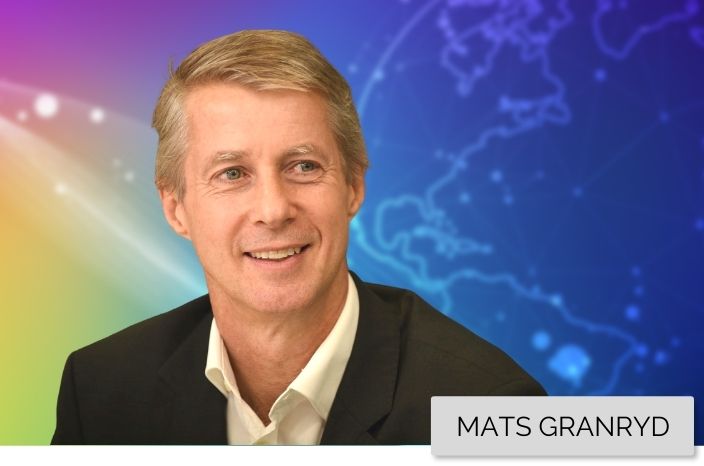
GSMA: transitioning the industry to net zero emissions by 2050
SDG 13 Climate Action, requires urgent intervention. The GSMA works with Mobile Network Operators (MNOs) worldwide to transition the industry to net zero emissions by
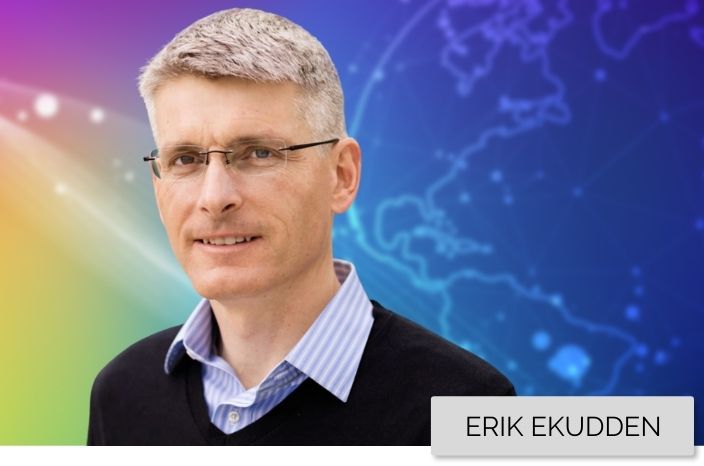
Fixed Wireless Access – a key tool to bridge the digital divide
Fixed Wireless Access (FWA) has great potential to deliver broadband to unserved and underserved areas, to households and businesses, in developed and emerging markets alike.
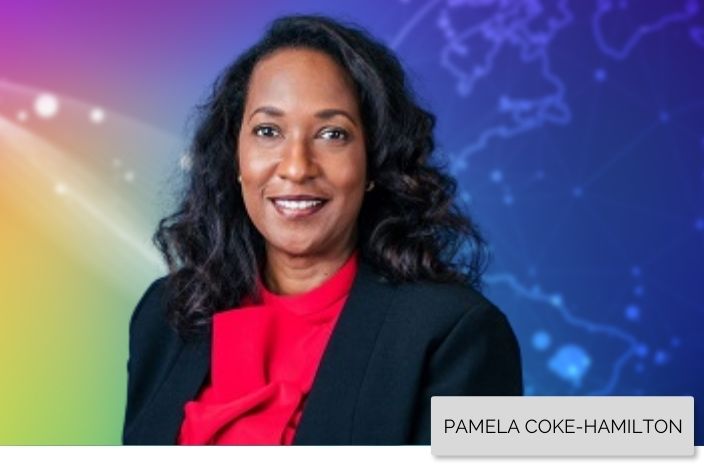
ITC Ready4Trade Central Asia Project
In today’s interconnected world, connectivity is crucial for development and economic growth, and this holds true, especially in Central Asia, as the region has undergone
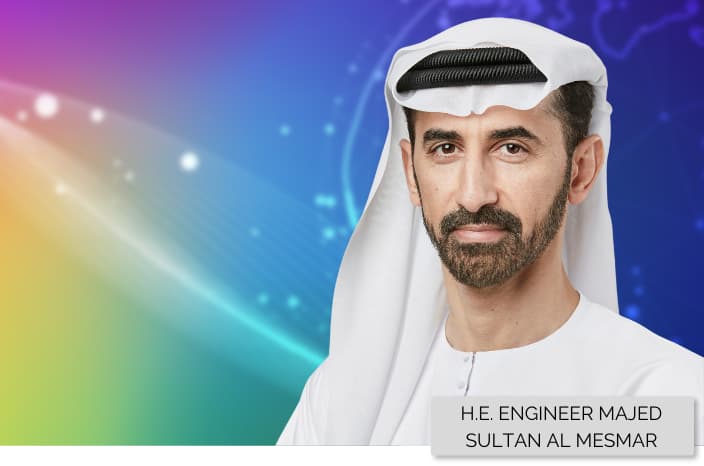
UAE PASS digital identity for greater digital inclusion
The Telecommunications and Digital Government Regulatory Authority, in collaboration with Digital Abu Dhabi and Digital Dubai, spearheaded the creation of the UAE PASS digital identity

Smartpur – digital village with a real-life impact
At Nokia, we create technology that helps the world act together. Our Smartpur project in India demonstrates what this looks like in reality. Smartpur is
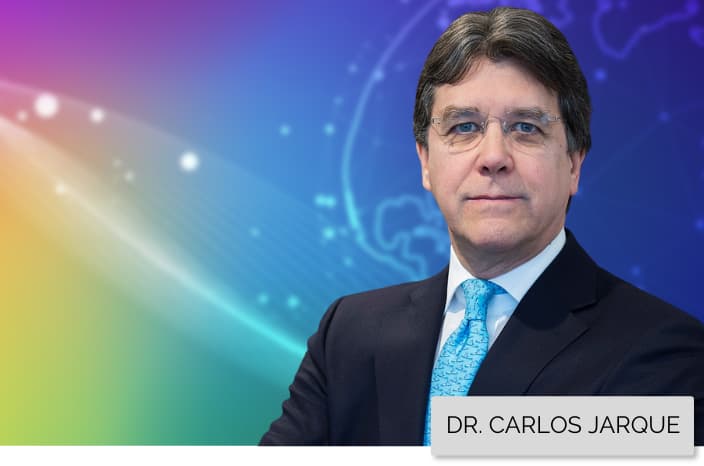
America Movil (AMX): Weaving the Recovery in Rural Mexico
The SDGs are a global compact to reduce poverty and create a better world. America Movil (AMX) is committed to these objectives. It has numerous
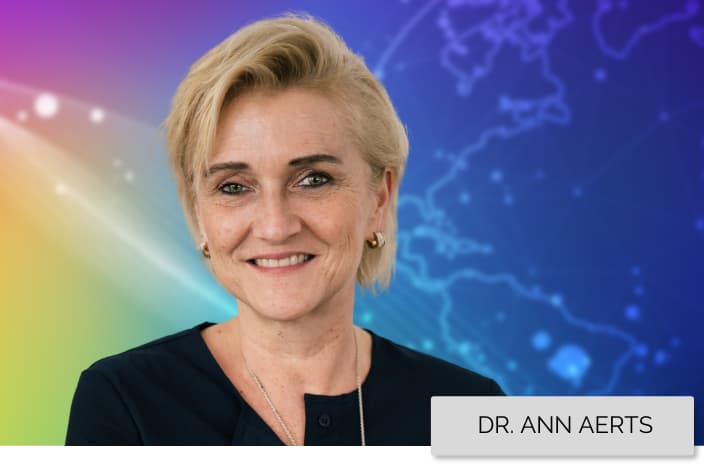
Novartis Foundation: CARDIO4Cities – an innovative cardiovascular (CV) population health approach
The Novartis Foundation implemented an innovative cardiovascular (CV) population health approach, CARDIO4Cities¹ codesigned with local authorities and partners. It rapidly improved blood pressure control rates
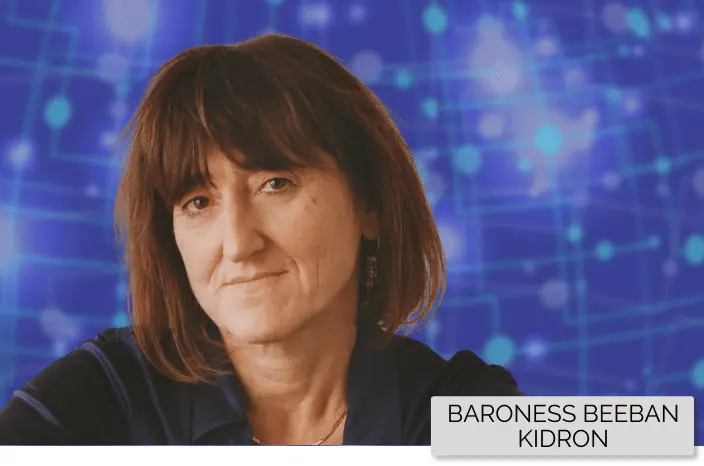
A model policy for child online protection
As the ambition for universal connectivity becomes a norm, national states and multilateral organizations turn their minds to the protection and participation of children. After

Digital Transformation in Africa
Smart Africa is a Pan-African organization entrusted with the Digital Transformation Agenda of Africa with the vision to transform Africa into a single digital market
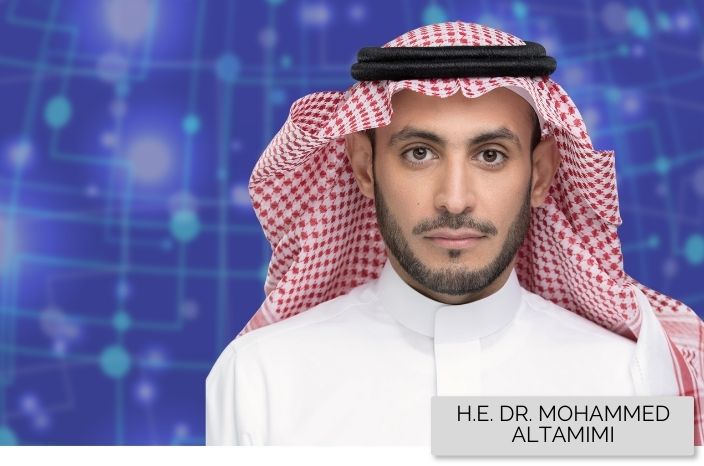
The global digital transformation
As stated in the State of Broadband report 2022, there are two key requirements to accelerate the transition to a more connected post-pandemic world: A progressive digital sector regulatory environment to incentivise the required infrastructure investments along with globally aligned efforts and harmonized policies to connect the unconnected.

Building Inclusive Digital Nations of the Future
The next era of development will be defined by how efficiently countries can leverage the immense power of digital. These technologies will be central to driving progress across the Sustainable Development Goals (SDGs) from advancing decisive climate action to spurring new efforts to restore our natural world — creating millions of new opportunities and driving forward human development.

Getting everyone online
Connectivity is foundational to digitalization, and digitalization has the potential to help fulfill all 17 of the Sustainable Development Goals (SDGs). Against that backdrop, industries, governments, civil societies, and institutions need to do everything possible to widen access to the high-performing connectivity upon which exponential technologies like AI, VR and IoT flourish.

Advancing universal connectivity through global thought leadership
Global leadership is at the core of the Broadband Commission’s mission to bridge the long standing digital divide and solve the problem of bringing broadband connectivity to 50% of the world’s population.

Investing in Universal Connectivity
If current rates of internet penetration were to continue, it will be decades before the world’s 3.7
billion unconnected are brought online. New ground needs to be broken to bridge this gap at a
much faster pace and catalyze the efforts being made by stakeholders in the digital ecosystem.

CEO Insights on ‘three critical and innovative actions that will help to meet the 2025 Broadband Advocacy Targets’
What is digitalization? Is it a shadow system that work alongside existing mechanisms for government, business and society? Or is it an entirely new way of doing things?
If we are to unlock digitalization’s full potential, we must choose the latter definition. It has the potential to be a new, better, safer way for society and business to operate – but only if digital decision-making is embedded into public and private services, rather than bolted on.

Reducing inequality and achieving universal connectivity
Mobile internet connectivity provides billions with access to transformational digital services, delivering economic benefits and reducing household poverty. However, an estimated 37 per cent of the world’s population – or 2.9 billion people – have still never used the Internet, despite 95 per cent of people in the world having access to a 3G or 4G mobile broadband network. To redress this inequality and achieve the targets of universal and meaningful connectivity, policymakers must work together to bring everyone online, and address not just the connectivity gap, but also the usage and consumption gap.

AI Care Service for the Elderly
According to Statistics Korea, Korea is expected to become a super-aged society by 2025. 20% of the population will be over 65 and 35.1% of the elderlies are predicted to live alone. As the needs for ESG is growing rapidly throughout current society, KT is stepping up to fulfill its social responsibility by launching AI Care service provided through KT’s AI voice recognition technology.

Expanding broadband safely and inclusively to reach digital gender equality
Online and ICT-facilitated violence against women and girls is evolving and expanding, including sexual harassment, stalking, and zoom bombing. Innovations, including virtual reality and the metaverse, are creating new digital spaces for misogyny and sexual violence. Those relying on an online presence for their work, including women journalists, politicians, and activists, are disproportionately affected. And there is growing evidence of the reinforcing connection between online violence and real-life violence against women and girls, acts which often have important consequences for women’s and girls’ professional and personal livesiv. Women and girls must have safe and equal access to information, to become part of the next generation of innovators, tech and software engineers and online content creators.

Accelerating the affordable broadband access by harnessing the power of commercially sustainable ecosystem
In 2021, only 96 economies met the target with regard to the data-only mobile broadband basket, and only 64 economies met the target with respect to the fixed broadband basket. Both of these figures have decrease comparing to the previous year. To put it in a more tangible term, 4.9 billion were connected to the internet, with around 2.9 billion people were left completely offline. Within these 2.9 billion people, 96% of them live in developing countries, 390 million of them have no mobile broadband coverage at all.

The power of technology for our future
As a global community, we are facing some of the greatest challenges of our lifetime. In this context we have understood as never before the power that technology has for our future. Still, too many people remain unconnected. Verizon’s corporate purpose to create the networks that move the world forward has never felt so vital.

The future of “going global” is digital
The future of “going global” is digital. This is especially true for small businesses: the road to overseas markets will run through digital channels and platforms. The firms who can connect, compete and change will thrive.

Connectivity in Ghana
Ghana considers broadband connectivity a basic necessity of life in the 21st century. With about 30% of Ghana’s population living in unconnected rural areas, the Government of Ghana has complemented the universal access fund with a €155-million facility in the deployment of 2,016 sites offering voice and data roaming services to all subscribers irrespective of their service provider.

100 Mbps to 100% of the population by the year 2025: The Spanish approach.
Achieving inclusive and broad connectivity is a basic requirement for the economic and social development of our countries. Regardless of starting point of the regions, there are various economic, geographic or demographic factors common to all of them and where the existence of a digital divide between rural and urban areas is evident, especially in regions with complex orography and large areas with very low population density, as is the case of Spain.
In relation to the above, this “box” summarizes the connectivity policies that Spain has developed over the last few years to achieve the goal of 100 % of the population having 100 Mbps coverage by 2025.

Working together to deliver affordable broadband and a more sustainable world
To unleash the potential of every person on the planet will require access to connectivity for all. Making broadband affordable is a critical step in achieving that meaningful universal connectivity to drive growth worldwide and is a top priority for the 2025 Broadband Advocacy Targets. We need to work together through innovative partnerships, using a mix of technologies to make broadband affordable. At the same time, we must leverage this connectivity to improve environmental sustainability.

Integrating ICT with power electronics technologies
In 2015, the 193 UN member states officially adopted 17 Sustainable Development Goals (SDGs) with the aim of balancing the economic, social, and ecological dimensions of sustainable development by 2030. These goals are closely interrelated and provide a clear roadmap for promoting global sustainable development. However, many of the goals are being hindered due to a variety of reasons.

Innovative mechanisms and instruments to unlock access to capital to support telecom operators
We are at a critical point in time, where immediate action is required to eliminate the most pressing issues with regard to the provision of meaningful universal access to connectivity. In this regard, SAMENA Council is exploring innovative mechanisms and instruments to unlock access to capital to support telecom operators.

Closing the gender divide, understanding the internet value chain & responding to climate change
With less than three years left to achieve the Commission’s 2025 Advocacy Targets, making our shared ambitions a reality requires us to focus on specific and rapidly evolving elements of the digital economy. We need to capitalize on the lessons learned during the pandemic, understand the implications of the evolving internet value chain and consider the role of the ICT sector in responding to climate change.

Critical action is essential to ensure COVID-driven surge in virtual health and care drives health access and equity, says new WG report
The COVID-19 pandemic triggered a massive surge in virtual health and care delivery across the world, with many countries embracing hybrid virtual and in-person services. This year’s report from the Broadband Commission for Sustainable Development Working Group on Virtual Health and Care – co-chaired by the World Health Organization and the Novartis Foundation – analysed these developments in 23 countries, and emerged with a warning that health stakeholders need to act to prevent increase of health inequities due to digital divides.

New online tool aims to help lower-income countries leapfrog AI-enabled health solutions
The Novartis Foundation has launched a free online assessment tool to help countries identify where to best invest resources to enable successful deployment of AI solutions in health. The tool translates the 2020 report from the Broadband Commission Working Group on Digital and AI in Health, Reimagining Global Health through Artificial Intelligence…

The Carlos Slim Foundation’s response to the COVID-19 pandemic
To support the most vulnerable population in the wake of the pandemic, the Carlos Slim Foundation (CSF) started a comprehensive program aimed at supporting national institutes of health and state government’s efforts to provide…

KT to take the lead in ESG management with ABC (AI, Big Data, Cloud)
KT declared a transformation into a digital platform company (Digico) and implementing ABC technologies to solve environmental and social issues by promoting ESG management…

Acting on transformative commitments to achieve connectivity and equal access to technology for women and girls
Around the world, there are millions of women and girls who could right now be working, learning and accessing critical information from wherever they are, if only they were connected. From distance learning that links women and girls to career-boosting knowledge and skills development…

The need for advanced and effective information infrastructure to achieve universal connectivity
It was observed that one crucial common driving factor underpins both the 2025 targets and 2030 SDGs, which came from the urgent need to accomplish a couple of goals, e.g., entry-level broadband services should be made affordable in developing countries by 2025…

What will it take to connect the other half of the world?
Earlier this year, as I was walking the exhibition halls of MWC21 Barcelona I was impressed to see the rapid progress made by the mobile industry to advance new technologies and the rollout of 5G. This is Connected Impact…

Education, digital skills and leveraging existing mobile network infrastructure are key to digital inclusion
COVID-19 underscored why digital connectivity is foundational to the United Nations 2030 Agenda for Sustainable Development. The pandemic showed that connectivity – increasingly enabled via mobile broadband – provides opportunities…

School safety and connectivity
It was observed that one crucial common driving factor underpins both the 2025 targets and 2030 SDGs, which came from the urgent need to accomplish a couple of goals, e.g., entry-level broadband services should be made affordable…

The time is now
2020 was a year like no other. The COVID-19 pandemic presented unparalleled challenges, including devastating health and economic impacts for our society. As a company, Verizon navigated obstacles that forced us to…

Using digital tools to embrace the new normal
The new normal is already here. And at Nokia we are embracing the new ways of working enabled by technology during the pandemic to permanently move to a hybrid workplace. What this means in practice is giving our…

Solving the connectivity divide with space-based solutions and collaboration
In today’s increasingly connected digital world, access to reliable connectivity is still largely dependent on where you live. And the reality is that hundreds of millions of people living in remote, rural and hard-to-reach places…

Lessons learned from the pandemic- Saudi digital infrastructure
The COVID-19 pandemic changed life, as we know it and has taught us many lessons. One key lesson we have learned from the pandemic is that the prioritization of deploying next generation networks paid off: the core…

Moving from talk to action to close the digital divide
In 2021, 51% of the world are not using mobile internet, and 44% live within broadband coverage that they do not use. That is 3.4 billion people globally who have mobile broadband coverage, but do not use it. It is essential that we move from talk…

Transformative considerations for the “Year of Recovery”
In response to the year 2020’s challenges, the digital communications industry has demonstrated its resilience and power to support societal and business continuity by leveraging digital communications networks and technologies and their…

Lessons learned from the COVID-19 crisis
The COVID crisis has shed light on the importance of connectivity in a way that we never could have imagined. The question is no longer whether we need connectivity, but how fast we can extend connectivity for business to continue…

The COVID-19 digital transformation
There will be a before and after COVID-19 in terms of digital transformation. When the world looks back on this period, it will remember the role that broadband played in addressing one of the greatest global challenges in living memory…

Connectivity for inclusion, identity and belonging
In 2021, 51% of the world are not using mobile internet, and 44% live within broadband coverage that they do not use. That is 3.4 billion people globally who have mobile broadband coverage, but do not use it. It is essential that we move from…
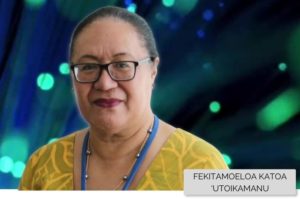
The digital divide between the “haves and have-nots”
The COVID-19 pandemic has exposed and exacerbated the considerable inequalities within and between countries and shown the deep divide between the digital “haves and have-nots”. Least developed countries (LDCs), Landlocked Developing Countries (LLDCs) and Small Island Developing States (SIDS) lag far behind. In 2019, a mere one quarter…

The digital transformation in Spain for the economy and society at large
Connectivity infrastructures are at the cornerstones of the digital society. People’s lives, business activities, education, health and social services are highly dependent on the quality and the resilience of the digital networks. During the COVID-19 pandemic, in Spain we focus in keeping the country connected. Guaranteeing the continuity of services…

Now connectivity is everyone’s business
In the years previous to 2020 we were working under implicit assumptions about connectivity. That it was a prerequisite for participation in the new era of digital trade, a necessary capability for individuals and enterprises to get online, market their products and services and get paid…

Preventing a new internet digital (usage) divide
During the COVID-19 pandemic, connecting with friends and family, work, entertainment and education shifted significantly to online channels. Without being connected to the Internet, people cannot participate in many of the essential elements of life that have gone online…

ICT technologies & COVID recovery
In 2020, COVID-19 spread across the globe, significantly impacting work, life, the global economy, and society at large. Public sectors, private sectors, and NGOs, among others, have taken many actions to mitigate the impact…

Closing the digital divide to reach universal connectivity
The Broadband Commission’s work, through detailed compilation of data and elaboration of policy and regulatory recommendations, supports the global agenda for bridging the digital divide and reaching the global connectivity aspirations. One of the reasons the Broadband Commission has been able to achieve very commendable results is its guiding…

Three key recommendations for the commission to push forward digital inclusion and achieve the 2025 targets and the 2030 SDGs
The pandemic had increased the number of poor people all over the world, the impact was higher in the rural areas in which 80% of the poorest of the world live. Digital inclusion can enable vulnerable people to thrive and be resilient to external shocks such as pandemics and climate change related phenomena, among others. It is time for pushing forward…

Nurturing innovative business models and advancing digital inclusion
Innovative digital services are helping to achieve the UN Sustainable Development Goals (SDGs) by providing access to health, education, and financial services. However, 4 billion people, or half of the world’s population, still do not use the internet even though 3.4 billion between them – the usage gap – live in an area covered by a mobile broadband network…

Connectivity’s critical role in climate action
Climate change is here and it is now. For those who think it is something to come in the future, a new report from the World Meteorological Organization (WMO) sets the record straight. The WMO analysis shows that the world is now consistently 1 degree Celsius hotter than the late 1800s and that temperatures are rising fast…

The digital divide – New frameworks can unlock the funding gap
As Commissioners we have all long known the problem of the digital divide. 3.5 billion people in the developing world remain unconnected to Broadband networks. The IMF reports that only 28% of Africans use the Internet and Internet usage is as little as 17% in some low-income countries according to the World Economic Forum. More of the same policies…

The human-centric approach to achieving universal connectivity
The COVID-19 pandemic has brought into stark relief the importance of broadband connectivity for everyday life, and the continuing digital inequity that exists today. Those with connectivity and the skills to use it have been able to adapt, continue school and work, communicate with friends and relatives, shop, and be entertained. But, for those not…

How Connectivity Can Empower Small Business & Trade – An Int’l Org Perspective
Digital tools and connectivity have accelerated trade. During the pandemic, many businesses were quick to adopt digital technologies to boost productive capacity. It is estimated that the pandemic has seen a jump in the adoption of digital technology by three years. Digital tools and connectivity have accelerated trade. During the pandemic, many businesses were quick to adopt digital technologies to boost productive capacity.

How Connectivity Can Empower Entrepreneurs & Small Business – A Telecom Perspective
We need connected enterprises that can digitize, thrive and generate jobs, tax revenues, and contribute to tackling climate change. There is significant untapped connectivity potential among Micro-, Small and Medium-sized Enterprises. Worldwide, these MSMEs account for 9/10 businesses, ½ of global GDP and about 2/3 of jobs.

How Governments are Working to Close the Urban-Rural Digital Divide
Broadband extension, quality and adequate services are urgent as they represent the backbone of economic, social and territorial cohesion. Even in countries that enjoy a wide digital connectivity network, rural connectivity is still an issue. Globally, 72% of households in urban areas had access to Internet at home in 2019, almost twice as much as in rural areas. Spain ranks third for digital connectivity in Europe.

How International Organizations are Closing The Urban-Rural Digital Divide in Africa
Rural and urban areas are often viewed as contrasting areas with a greater level of poverty in urban areas. This impression has led to differences in policy direction across Africa and therefore become a self-fulfilling prophecy which has kept the rural community poorer than the urban one. The conventional model for providing connectivity, the basic enabler needed to break the digital divide, has not been in favor of the rural area.

How the Satellite Industry is Working to Close to the Urban-Rural Digital Divide
Space based solutions are bringing connectivity services to more people in more places and satellite network operators like Intelstat intend to play a larger role. With the right mix of partnership, investment, innovation and services, the private and public sectors can work together to quickly develop and implement flexible, cost effective and even profitable solutions to close the global connectivity gap.

How the mobile industry is working to close the urban-rural digital divide
85% of the 4B people that do not use the mobile internet live in an area that is covered by mobile broadband, and they are disproportionately poorer, female and rural. The mobile industry is leading efforts to tackle the barriers with: mobile digital skills programs, affordable handsets and data services, and investments in local content and services.

Korea’s infectious disease control and prevention of COVID-19
Following this positive outcome, the world has been paying attention to Korea’s case and the government has summarized the key factors of successful response as 3T system on the basis of ICT. Among the 3Ts, tracing is the most pivotal, given it helps early detection to prevent additional spread.

Building resilient connectivity and supporting affordable access to the internet: initiatives and lessons learned
The Internet Society has been deploying efforts over the years to grow the Internet and make it stronger. To help build the Internet, the Internet Society has been a strong supporter of Internet exchange points (IXPs) since 2008.

The role of geostationary satellite networks in meeting the rural connectivity challenge
In order to close the digital divide, we must work to integrate satellite backhaul into strategies to deploy mobile and Wi-Fi networks into rural and remote communities.
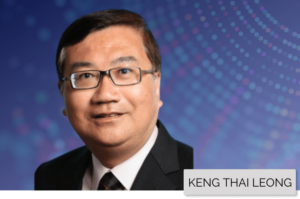
Singapore’s COVID-19 response and digitalization following the Agenda for Action
Technology has strengthened Singapore’s COVID-19 response: to protect public interest, support our people and assist businesses

Huawei: The case for broadband development; proposals to policymakers
Broadband has been experiencing a rapid and steady growth around the globe in the past two decades. This is evidenced by the development of broadband infrastructure, improved internet penetration, expanding bandwidth and fast speed of connection, and more.

Carlos Slim Foundation’s response to COVID-19
COVID-19 Protocol, Health Initiatives, and Connectivity The Carlos Slim Foundation designed and executed a comprehensive COVID-19 Contention Protocol to support Carso Group’s companies to cope

Supporting sustainable development through investments in broadband availability and affordability
Advancing connectivity has always been at the heart of Facebook’s mission to give people the
power to build community and bring the world closer together.

Supporting progress towards the Commissions’ 2025 Targets, with a focus on Target #3
1. Connectivity is essential in the “new normal” but despite widespread network coverage, barriers to Internet usage still exist In this era of a global

Digicel: Continuing tradition of direct participation in emergency response
Many of the countries in the Caribbean, Central America and the South Pacific regions, where Digicel operates, experience more than their fair share of natural

Experience of Azerbaijan in broadband internet development and its regional dimension
Azerbaijan made huge progress in broadband internet infrastructure development
and its application in all areas of society for the last ten years.

GSMA’s contribution towards achieving Global Broadband Targets 4,5, and 7
GSMA is continuing to play a leading role in supporting and amplifying the vital work our industry is doing at this time, contributing to the Broadband Commission for Sustainable Development 2025 Targets.
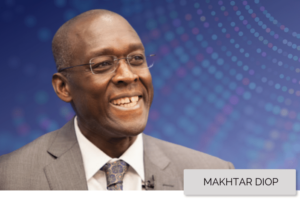
Broadband for All: A digital infrastructure moonshot for Africa
Executive Summary What will it take for Africa to bridge the digital connectivity gap? That is the question the Broadband Commission Working Group on “Broadband

Digital inclusion for refugees
From UNHCR’s experience in delivering interventions that support connectivity to refugees, a strong and committed multi-stakeholder alliance is key to success. In response to a

How UN Women uses technology and digital applications to help women and girls during COVID-19
Tech Giants Partner with UN Women to Provide Life-Saving Information to Survivors Of Domestic Violence During COVID-19 As billions of people are still under COVID-19

Networks that move the world forward
Verizon’s response to the COVID-19 pandemic has been guided at all times by our core corporate values. As set forth in the Verizon Credo, we

Children need to feel safe online
Children are one third of all Internet users. With the expansion of broadband connectivity in the near future, every second user of the Internet will

Beyond recovery, towards 2030: securing the Decade of Action through SDG-anchored digital development
The COVID-19 pandemic has demonstrated the fundamental need for broadband connectivity and increased digital capacities for economies and societies worldwide. The question is no longer
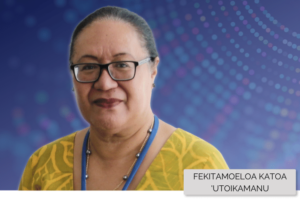
Closing the digital divide; supporting vulnerable countries
Context It is now irrefutable that access to the internet is an essential public service. While most vulnerable countries have made progress towards increasing access

Bringing broadband connectivity to people living in unserved rural areas globally
In the summer of 2017, we launched the Microsoft Airband Initiative, which brings broadband connectivity to people living in unserved rural areas globally. To eliminate the rural broadband gap, we brought together private-sector capital investment in new technologies and rural broadband deployments, with public-sector financial and regulatory support.

Transforming Africa into a single digital market
Brief Introduction and Background: The Smart Africa Alliance is a Pan-African institution with 30 Member States. It is a bold and innovative initiative from African

Engage 2025: ORANGE’s strategic plan to meet Broadband Advocacy Targets
In May 2020 ORANGE purpose that drives us and brings us together as a community was integrated into the company’s bylaws: “As a trusted partner,

Health tech innovation in Brazil’s COVID-19 response: AI platform in São Paulo, Brazil helps diagnose COVID-19 patients faster
The Novartis Foundation is partnering with the local government and University Hospital of São Paulo to help develop a national ecosystem for innovation, data science

Reflection of COVID-19 initiatives in the SA-ME-NA region in implementing the Broadband Commission’s Agenda for Action
The availability of advanced digital communication infrastructure and advanced digital services is integral to preparedness for embracing a sustainable future. Likewise, building a sustainable 5G

